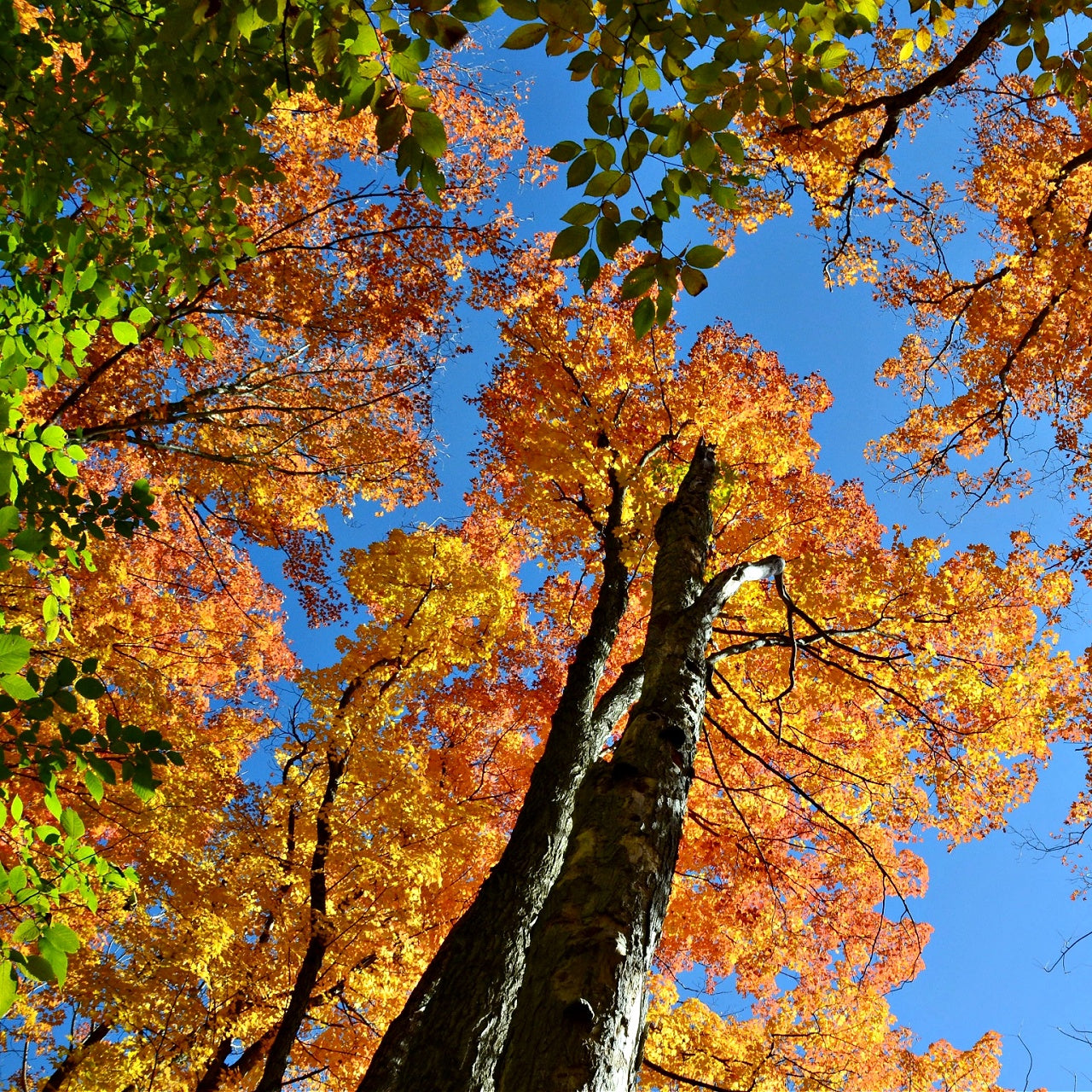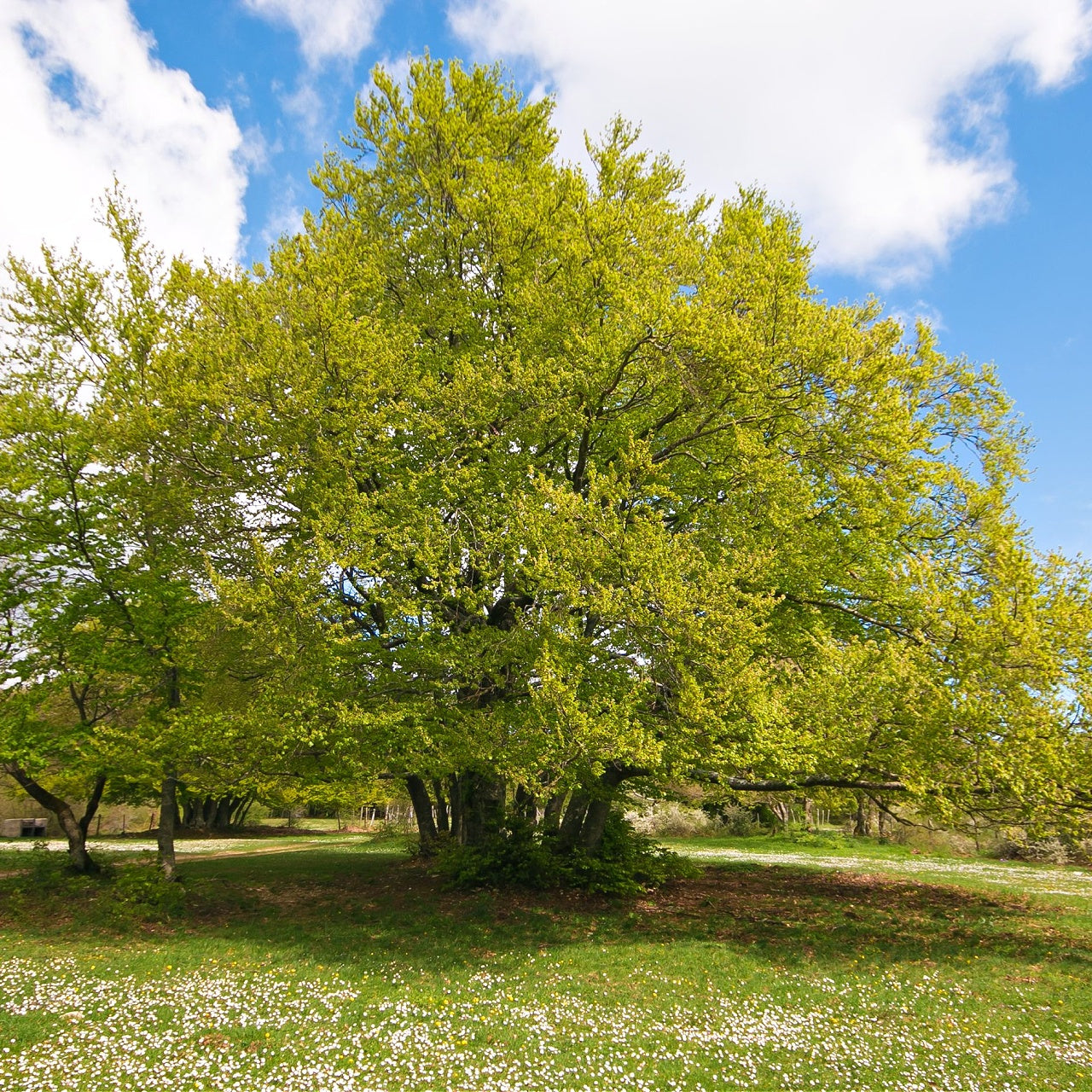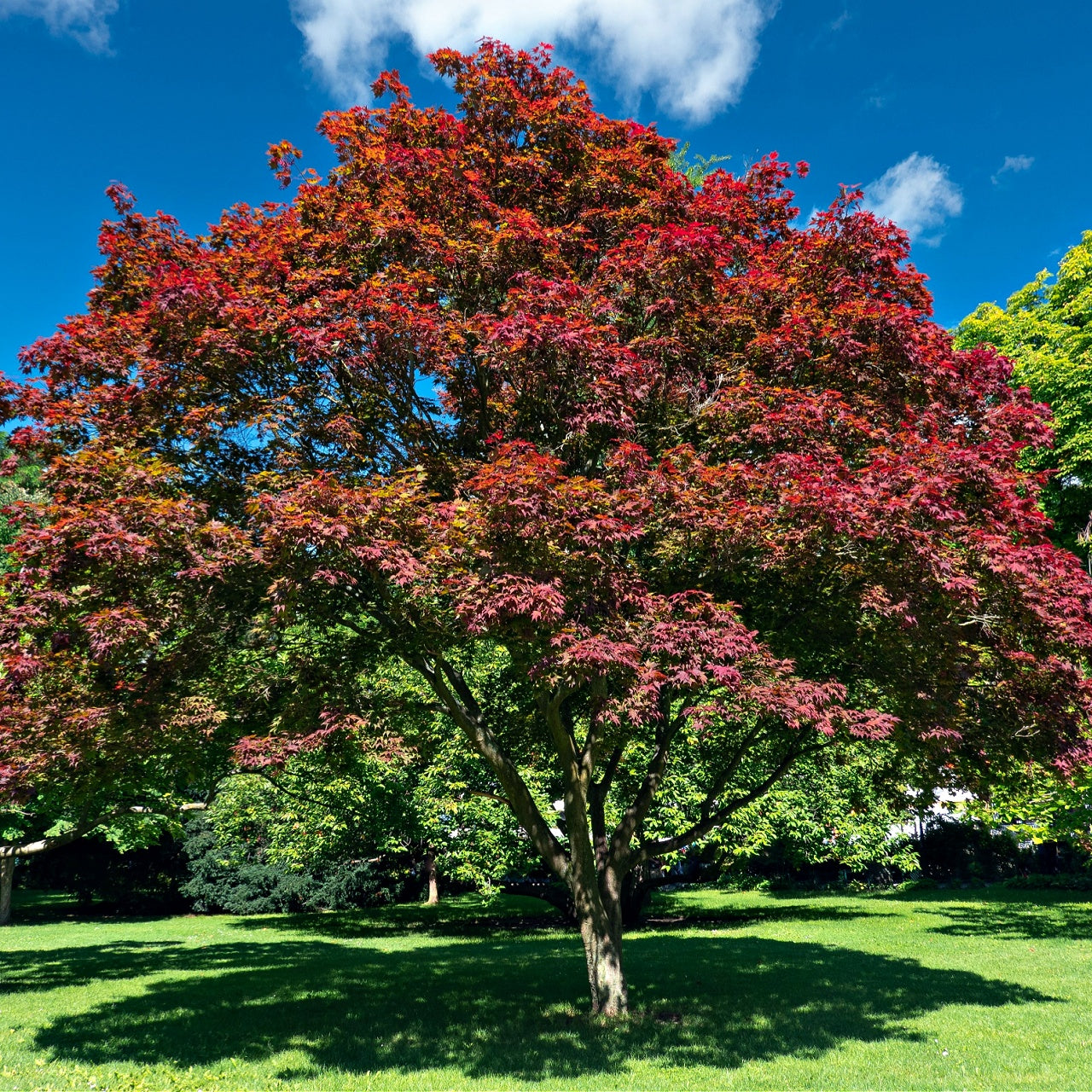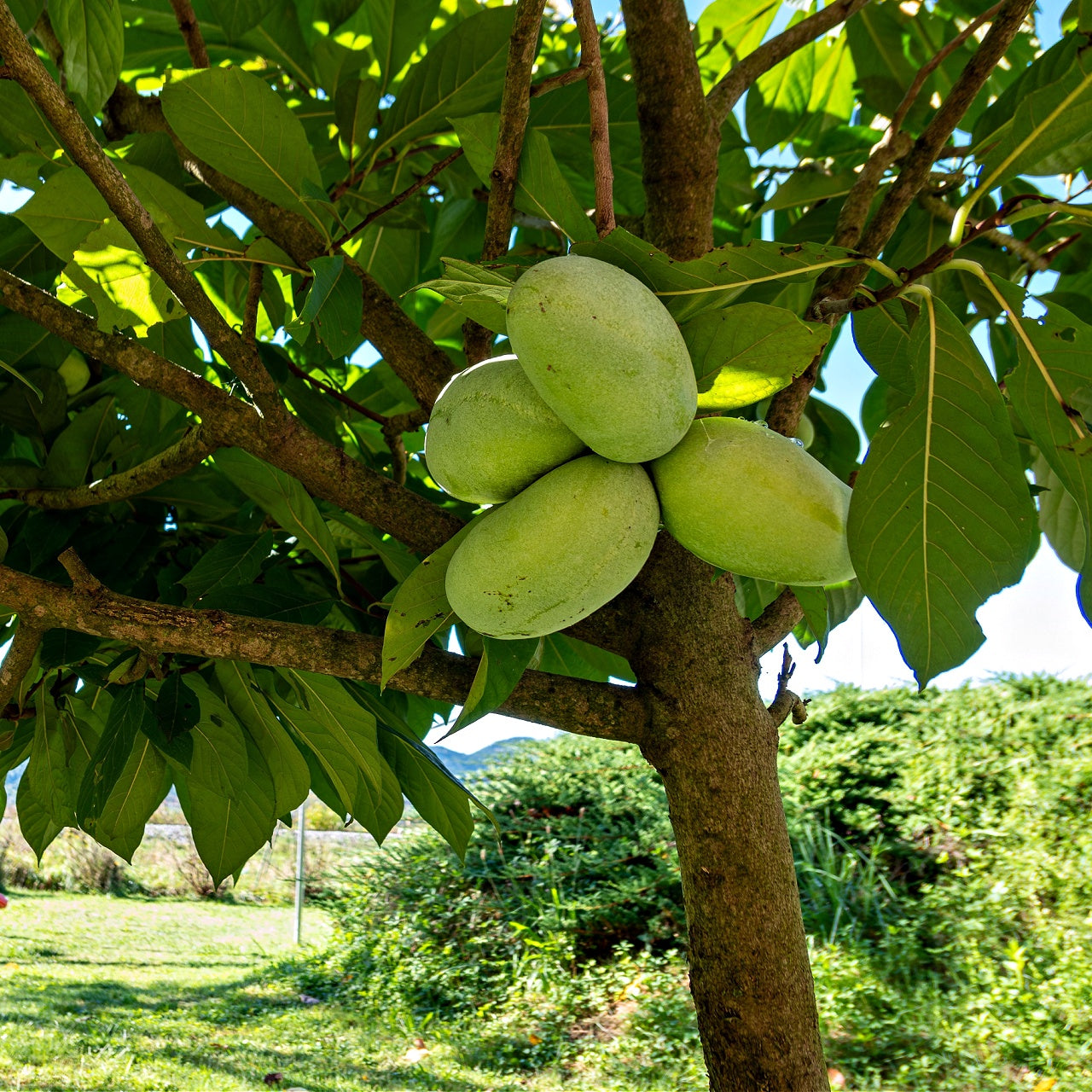
A Sustainable Bounty
A Sustainable Bounty
Discovering the Value of Perennial Fruit Shrubs
Gardeners can rely on perennial fruit shrubs since they yield harvests that last multiple seasons while needing minimal care and supporting environmental balance. These perennial shrubs grow back every year, unlike annual crops, which require replanting each season, and they produce an increasing amount of fruit as they age. The selection of specific varieties allows gardeners to maintain a continuous production of berries alongside the development of pollinator-friendly environments. These shrubs benefit from their deep-rooted systems by needing less water and fewer fertilizers than many annual plants. Their strong pest resistance properties transform them into dependable sweet yield producers. Perennial fruit shrubs provide sustainable food production while enhancing natural beauty for novice and seasoned growers.
Establishing Strong Roots and Ideal Soil
For perennial fruit shrubs to thrive, they must start with a foundation of healthy roots and adequately prepared ground. Growers should conduct soil tests to determine pH levels and nutrient content before planting and make necessary adjustments with compost or fertilizers. Most shrubs grow best in acidic to neutral soils, while certain types can survive in a broader soil pH range. Adequate drainage is essential because overly wet soil conditions may strangle roots and create conditions for rot; after soil amendments are complete, plant your shrub so the root crown stands level with the soil top. Begin by watering deeply for the initial weeks to encourage root establishment, but do not saturate the soil. Organic mulch spread around the base maintains moisture levels while suppressing weed growth and protecting roots from temperature changes. The combination of a supportive foundation for shrubs promotes healthy growth and fruit production while reducing issues as plants mature. This foundational preparation creates the basis for enduring plant health.

Variety Selection for Climate and Taste
The selection of appropriate perennial fruit shrubs requires aligning their requirements with the environmental conditions of their intended location. Currants as cold-hardy plants withstand severe winters and heat-tolerant varieties prosper in areas with hot summer conditions. When gardeners analyze local rainfall averages, temperature trends, and soil drainage properties, selecting plant species becomes easier. The flavor profile of shrub fruits is critical because certain species produce sweet berries perfect for eating raw, while others create tart fruits that work best in jam-making. Gardeners can stretch harvest durations while enhancing their garden variety by experimenting with different fruit cultivars. Local gardening clubs and extension offices provide insight into the best-performing plants for each region. Gardeners achieve consistent yields across multiple seasons by matching their flavor objectives with the appropriate climate conditions. Every harvest from a carefully selected shrub becomes an opportunity to enjoy delicious homegrown quality while sharing it with loved ones.
Long-Term Maintenance and Harvesting
The dependable yields from perennial fruit shrubs require growers to provide continuous care. For successful fruit production, gardeners must prune shrubs by removing weak and old canes, which helps stimulate new growth and maintains consistent yields. Techniques differ by species, but the principle remains: Guide the plant's energy to reinforce healthy wood. Pest management requires routine monitoring and interventions like handpicking insects and organic sprays when needed. Using balanced fertilizer every few years restores essential nutrients, ensuring roots and foliage remain strong. Supplemental watering throughout dry periods maintains the plumpness and flavor of berries. Choosing the correct harvest time matters because early picking produces sour fruit, and delayed picking leads to spoilage. Careful treatment prevents harm to the plant's remaining clusters while enabling future production cycles to flourish. The consistent care provided to these shrubs produces more robust plants every season, delivering delicious fruits that benefit the gardener's kitchen and the environment.
Perennial fruit shrubs are invaluable in home gardens and miniature farm landscapes. Due to their lasting nature, a steady supply of reliable food comes from these plants, which deliver fresh produce without requiring regular replanting. Resilient plants enable sustainable agriculture by reducing water and fertilizer usage. The shrubs blend into neighboring habitats, creating dynamic ecosystems full of helpful insects alongside birds and pollinators. These plants build a stronger relationship between gardeners and their environment over time, showing how careful and patient cultivation yields benefits. These plants serve as sources of inspiration for culinary creativity, including making colorful jams and preserves and nutritious smoothies and desserts. Small garden spaces reach their full potential when planting strategies consider soil health, climate compatibility, variety selection, and attentive maintenance. The vigorous development of these shrubs enhances their visual appeal by producing colorful clusters and appealing scents that attract both people and animals. These plants deliver lessons about ecological care through their visual appeal and edible yields by prompting us to value natural rhythms. Perennial fruit shrubs prove a garden's abundance can sustain itself across multiple seasons beyond initial harvests. New gardeners harvesting their first summer berries alongside expert horticulturists perfecting orchard arrangements find enduring satisfaction from these shrubs. People who want to achieve sustainable abundance alongside beauty and productivity should embrace these plants' long-term potential. They embody regenerative gardening.
Building the Perfect Perennial Fruit Garden
The development of an optimal perennial fruit garden demands careful planning, persistent maintenance, and dedication to creating balanced conditions that ensure year-long health for fruit-producing plants. It starts with understanding the distinct characteristics of your space: A thorough assessment of your space requires examining soil composition, sunlight exposure, drainage, and microclimate variations. Imagine your ideal use for the space and desired final experience before choosing specific plant varieties to create a rich orchard-style setting or a delightful backyard haven.
A key consideration is balance: Perennial fruit gardens perform best when their design considers space for various plant dimensions, pollination needs, and plant growth behaviors. Instead of filling every space with multiple plants, you should plan a garden layout that allows each plant sufficient space above ground and below ground. Roots demand adequate space for development, while foliage needs proper airflow to prevent fungal infections. Plant height variations support nutrient exchanges between plants while reducing their light competition.
The well-being of soil serves as a fundamental component of plant development. Adding organic matter to the soil is necessary before establishing any permanent plantings because it enhances soil fertility and texture. Organic amendments designed for your soil structure can improve your ground's condition when combined with compost and well-rotted manure. Adjusting the soil's pH through testing remains essential because fruit-producing perennials only reach optimal growth within specific pH ranges. After establishing the nutrient-rich setting, plant an additional layer of mulch above your planting area. This practice helps to maintain moisture levels while moderating soil temperature and combating weed competition, which helps establish young plants.
The success of perennial fruit gardens depends heavily on implementing correct watering practices. Even though certain perennials grow deep roots, they require regular watering to thrive, particularly when young or during extended dry periods. Roots maintain healthy moisture levels through drip irrigation or soaker hoses, which deliver water slowly and efficiently while minimizing runoff and protecting leaves from moisture. Using this watering technique allows you to dedicate more time to garden health maintenance and aesthetic design in the long run.
Successful crop production requires pollination strategies, soil preparation, and irrigation for a substantial yield. Perennial fruit-bearing plants need cross-pollination or pollinator assistance to reach their highest yield potential. Your garden will host active and thriving pollinators if you create attractive habitats for beneficial insects with flowering plants to draw pollinators, provide shallow water sources, and refrain from broad-spectrum pesticides. Balanced ecosystems alongside healthy plant interactions typically result in reduced pest and disease pressures.
Building the perfect perennial fruit garden requires ongoing adjustments and improvements. Ongoing maintenance involves regular inspection and pruning, which removes dead or diseased limbs and shapes growth to improve air circulation. Regular application of compost to the soil during each growing season helps restore soil nutrients while supporting persistent plant vitality. Observing sunlight distribution alongside microclimate variations and pest behavior in your space will help identify necessary adjustments. Year after year, you will receive a peaceful environment and plentiful, tasty yields from your perennial fruit garden when you maintain it with regular care and thoughtful planning.






